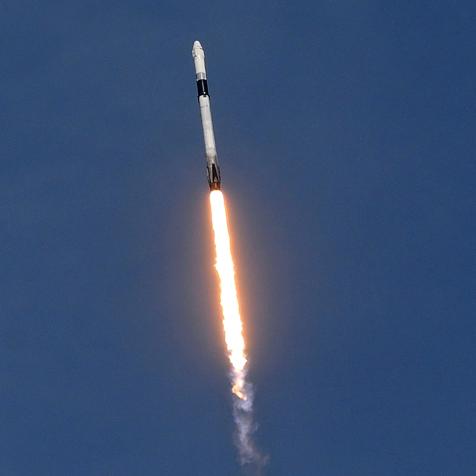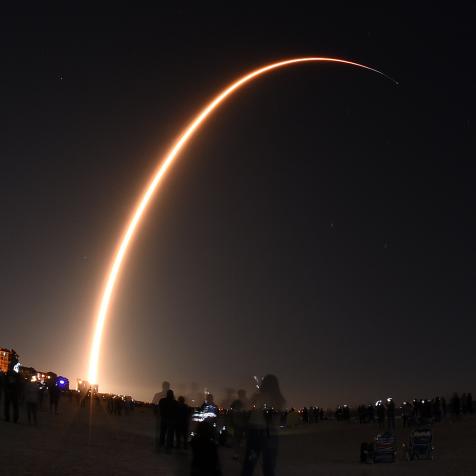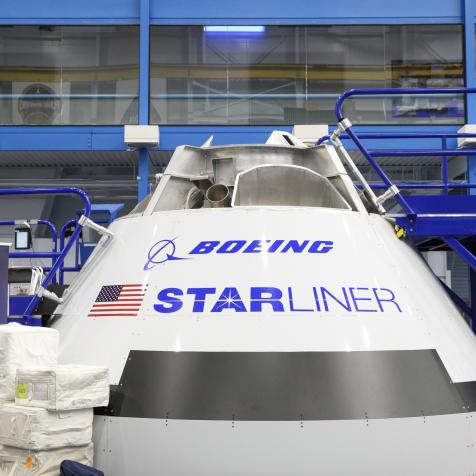
NurPhoto
Meet the Not-So-Secret Space Airplane

The United States Space Force may have a somewhat silly name, but it's very, very real. And it just launched a semi-secret mission into space.
I say “semi-secret” because it's kind of hard to fully veil a rocket launching off the surface of the Earth (because of, you know, the massive explosion, noise, lights and whatnot). And it's impossible to disguise satellites orbiting our planet (so far, at least), because any somewhat-reflective surface will glint in the glare of the sun, allowing amateur astronomers around the world to track its progress.
So on May 17th, the Space Force launched the sixth generation of the Orbital Test Vehicle, also known as the X-37B, which resembles a toy version of the Space Shuttle. Like its five predecessors, X-37B made it into space inside of a normal rocket. Also like its five predecessors, it will hang out in Earth orbit for an unspecified amount of time (the last mission lasted over two years). And the icing on the cake: it will then land back on the Earth as a super-cool futuristic space plane.
Payload

NurPhoto
A United Launch Alliance Atlas V rocket carrying the X-37B Orbital Test Vehicle (OTV-6) stands ready on May 15, 2020 for a scheduled launch tomorrow at Cape Canaveral Air Force Station in Cape Canaveral, Florida. The USSF-7 mission for the U.S. Space Force will be the sixth flight of the OTV-6 space plane, an unmanned spacecraft which resembles a miniature version of NASA's retired space shuttle.
As for what's inside that mysterious little spacecraft? Well, we know some things. NASA was given a couple spots for long-term experiments, which they're using to test how certain materials survive in the harshness of space for long periods of time. The other experiment is designed to see how seeds fare when blasted by solar radiation for months on end (I'm guessing not very well, but we'll see).
The Naval Research Lab also got some spots, testing interesting new methods for spacecraft propulsion and power generation.
Misson At Hand
And then there are a bunch of secret experiments that we don't get to know about.
But the stated aim of the OTV mission is to provide an experimental base to study operations in space long-term. Sure, we have experiments on the International Space Station, but because you have astronauts involved in carrying out those experiments, they carry a slighter higher price tag than using a platform like the OTV.
And of course, we also have satellites and all that, but when they enter orbit, they stay there forever (and if they do come back to Earth it's usually on accident, and they tend to burn up in the atmosphere, which is bad). So the OTV missions fulfill a special niche, because they spend a long time in space, but then return safely to the Earth.
We need these kinds of experiments if we ever hope to get humans out to Mars or other, less red, destinations in the solar system. Missions to Mars will take a minimum of 18 months round trip, with no chance of repair, resupply, or rescue. What if a critical piece of equipment breaks down? What if the astronauts get sick? What if the food goes bad? Scientists and engineers need to plan for every contingency to ensure a successful mission, and it's the experiments on the X-37B, both the known ones and the secret ones, that are quietly and silently making a human trip to Mars more viable.



















